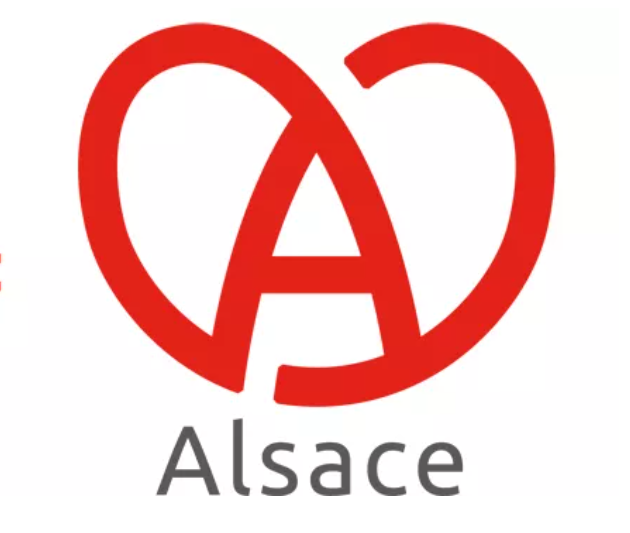Neither regional council nor super-department: the European Collectivity of Alsace (CEA), which was created this Friday, January 1, will merge the departmental councils of Bas-Rhin and Haut-Rhin for the benefit of a single structure in France, with specific skills.
Read also: Alsace: the new entity could well become a laboratory
The creation of this hybrid community responds to a strong demand from Alsatians, many of whom considered the Alsatian identity diluted since 2015 in the Grand Est region even if they will have to remain in its fold.
New prerogatives, budget, future headquarters: these are the characteristics of this CEA which brings together under a single name, nearly 1.9 million Alsatians.
Alsatian “
specificity
”
In 2015, the Alsace Region merged with Lorraine and Champagne-Ardennes in the mold of the
Grand Est
“
super-region
”.
A heartbreak for many Alsatians who saw it not only a loss of visibility for Alsace but also a dilution of their identity.
Enough to wake up the sea serpent of a unique Alsatian community.
But in 2013, a referendum to consecrate its creation will not succeed.
The idea of administratively taking a certain
Alsatian
“
specificity
” continues to gain ground, however, and in June 2018, the then prefect Jean-Luc Marx submitted a report to the Prime Minister which noted the persistence of a “
desire
”.
of Alsace
”and favors the creation of a“
unique department of Alsace
”.
In July 2019, the law on the competences of the CEA relates this new community to the baptismal font.
Specific skills
The CEA, which will bring together 880 municipalities in the Lower Rhine and Upper Rhine, inherits the powers traditionally devolved to departmental councils: management of colleges, social assistance and senior citizens, fire and rescue services ... But it will also be endowed with new skills, real markers of its specificity.
It will thus be able to organize its own cross-border cooperation plan with neighboring Germany and Switzerland, in areas such as cross-border links or health.
The ECA will also have the freedom in terms of bilingualism, being able to recruit on its own initiative speakers to teach German, in addition to national programs.
It will coordinate the tourist policy on its territory and will see the transfer of departmental and national roads as well as non-licensed highways, on which it could for example, for example, eventually introduce a heavy goods vehicle fee in order to regulate their transit.
Likewise, the ECA will have the upper hand over tourism, an important part of the local economy which generates 2.5 billion euros in income and 39,000 jobs even if it has been damaged by the health crisis. .
Note: if the departmental councils disappear, the administrative entities, namely the departments Bas-Rhin and Haut-Rhin, remain, as well as their prefectures, in Strasbourg and Colmar.
Numbers
The ECA will handle 2 billion euros of budget.
A significant portion (450 million) will go to aid for the elderly and the disabled, while 285 million will be dedicated to integration and return to work.
The 147 Alsatian colleges, managed so far by the departments, will enter its scope with 144 million euros injected into "
educational success
".
It also recovers 6,410 km of roads and 4,550 cycle routes.
The CEA is also 6,000 agents and 80 “
Alsace advisers
”, the former departmental advisers thus renamed (46 in Bas-Rhin, 34 in Haut-Rhin) elected next June for a six-year term ( until then, it is the outgoing departmental advisers who will sit).
As for motorists, they will be able to affix on their
license
plates the "
Heart
", symbol appearing an "
A
" in a heart which also evokes a pretzel, chosen after a consultation last October.
Headquarters and Presidency
Where will the ECA be located?
In Strasbourg, capital of Europe and capital of the Grand Est?
Where in Colmar, the rich Haut-Rhin city?
Thorny question that should be decided in September 2021.
On the other hand, it is in Colmar that the first meeting of the ECA will take place from January 2.
As for the question of his presidency, there too nothing is settled, even if the president of the departmental council of Bas-Rhin, LR Frédéric Bierry, has already declared his candidacy.
Until the election, it is the oldest member of the assembly who will chair the CEA, in this case Yves Le Tallec, 83 years old.

